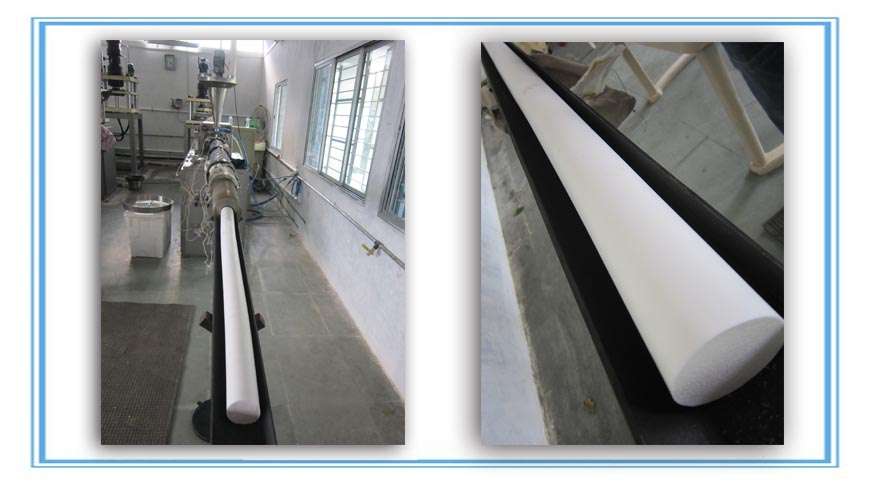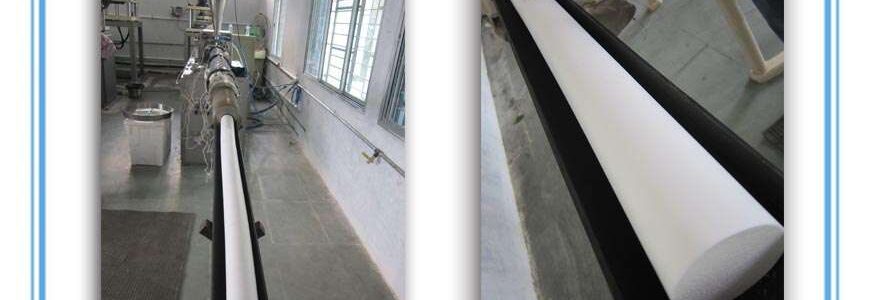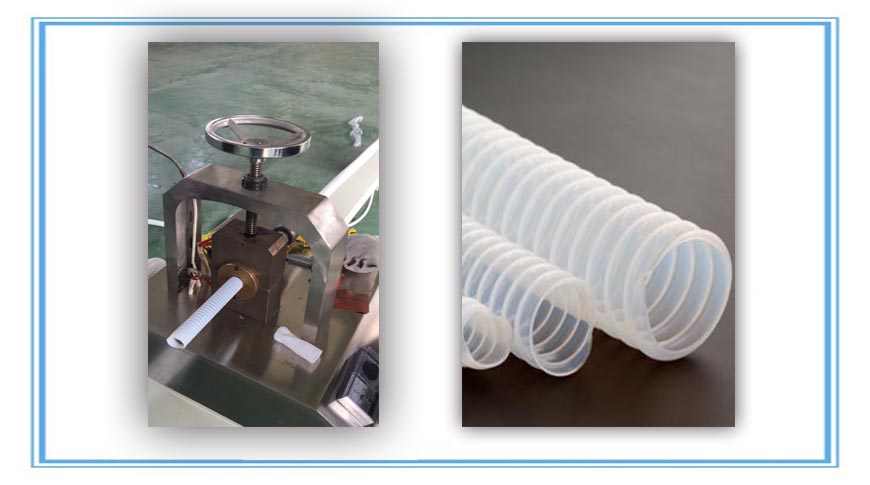For industrial manufacturers, the methods of injection molding and/or extrusion are specified to make products with different shapes and sizes.
The molten die-casting method is the basis of the injection molding process. The injection-molding unit consists of two elements: the clamping unit, and the injection unit. Unlike extrusion, injection molding forms three-dimensional shapes.
In terms of plastic extrusion, this technology was pioneered by Thomas Hancock in 1820 and Edwin Chafee in 1836 for the processing of rubber. The first thermoplastic extrusion is credited to Paul and Ashley Troester much later, in 1935. This is a method by which molten plastic or varying alternative materials are pushed continuously, driven by feed screws through a two-dimensional die opening. Following this, it passes through a series of templates or blocks where the molten form retains the desired shape as it cools. In the extrusion process, the finished product has a two-dimensional form which is continuous in length. The extrusion method produces linear shapes which can be cut to multiple lengths and / or notched, punched or otherwise fabricated, often continuously in line during the process .
Both extrusion and injection molding have their own advantages. An advantage in using the extrusion process over other methods is its ability to create complex cross-sections. Additionally, both stiff or soft materials can be formed into any shape and the finished materials have a smooth surface finish when compared to other processes. With both the injection molding and extrusion processes, there is minimal waste as the scrap can be recycled again.
- Injection molding forms three-dimensional shapes.
- The injection molding process was first established in the 1930s.
- The thermoplastic extrusion process was fully developed in 1935.
- Extrusion is a method using molten plastic or many other materials that are pushed through a two-dimensional die opening.
- In both processes , the scrap can be recycled reducing waste.
- The injection molding process is based on the molten die-casting method.
- In the extrusion method, the finished products have a two-dimensional form which are continuous in length and can be cut to multiple lengths and punched or notched.
- Complex cross sections are created using the extrusion method.
- In the extrusion process, both stiff or soft materials can be formed into any shape and the finished materials have a smooth surface finish.
- The extrusion process is ideal for construction materials such as siding , decking, trim or drainage, cosmetic parts such as wall protection, window casements, office furniture or functional components like louvers, brackets, retainers or supports.
- The injection process is ideal for manufacturing toys, interior automotive components and many other 3 dimensional products.





It is best to participate in a contest for top-of-the-line blogs on the web. I’ll recommend this site!